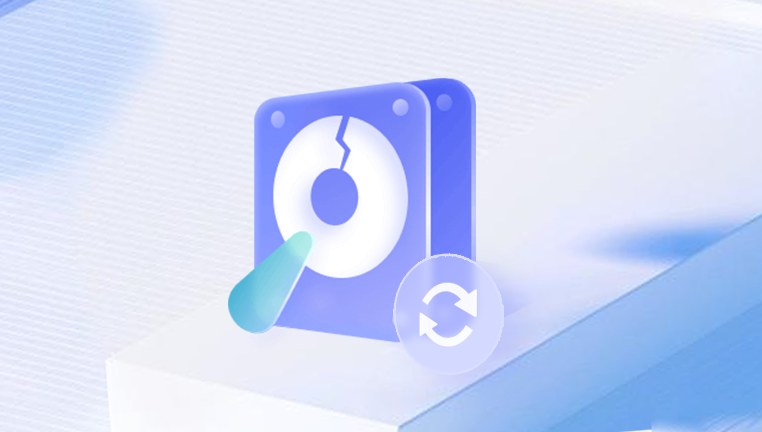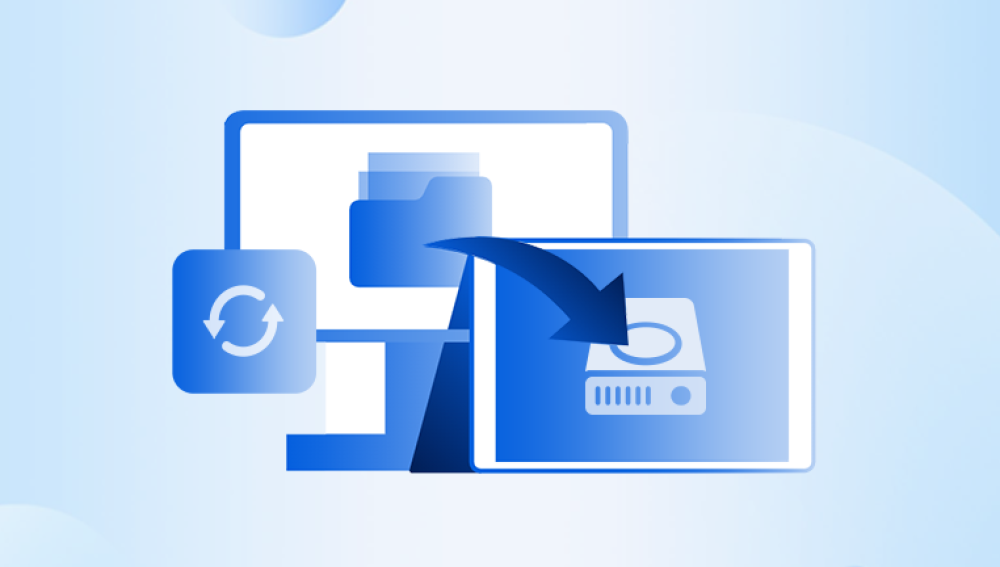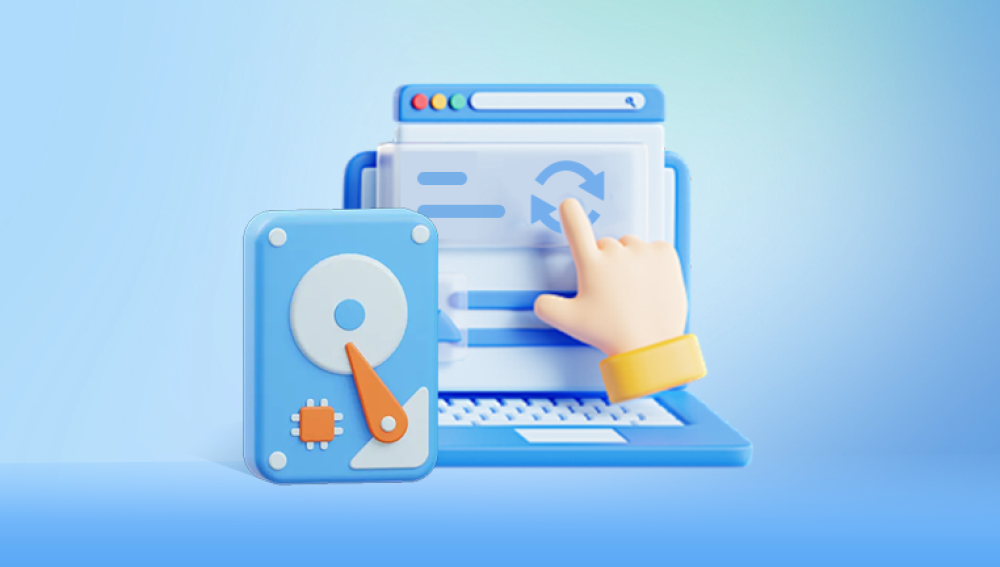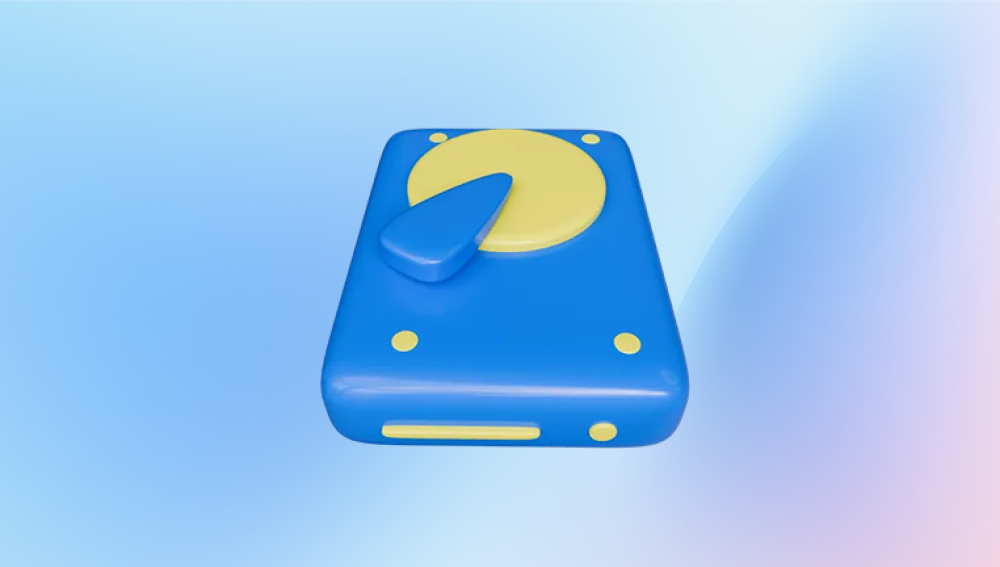1.Understanding the Problem
Before diving into the recovery process,it’s essential to understand why you can't access your data.Common reasons include:
File System Corruption:The file system might be damaged,causing the drive to appear as unformatted.
Bad Sectors:Physical damage to some sectors of the disk can prevent data access.
Logical Errors:Issues like partition table corruption can make the disk inaccessible.
Malware or Virus Attack:Malicious software can alter file structures or permissions.

2.Preliminary Steps
Safety First
Stop Using the Drive:Continued use can overwrite data.
Disconnect the Drive:If you suspect a virus or malware,disconnect the drive to prevent further damage.
Backup
If the drive is partially accessible,backup any critical data immediately.
3.Using Built-In Tools
CHKDSK Utility(Windows)
CHKDSK can fix file system errors and recover readable information.
Open Command Prompt as Administrator:
Press Win+X and select“Command Prompt(Admin)”or“Windows PowerShell(Admin)”.
Run CHKDSK:
Type chkdsk X:/f(replace X with the drive letter)and press Enter.
For a more thorough scan,use chkdsk X:/r.
Follow Instructions:If CHKDSK finds errors,it will prompt you to fix them.
Disk Utility(Mac)
Disk Utility can repair disks and file systems on Mac.
Open Disk Utility:
Go to Applications>Utilities>Disk Utility.
Select the Drive:Choose the problematic drive from the list.
Run First Aid:
Click First Aid and follow the on-screen instructions to repair the drive.
4.Advanced Techniques
If software tools fail,consider these advanced techniques:
Manual File System Repair
Using TestDisk
TestDisk can rebuild partition tables and fix file systems.
Download and Install TestDisk:
TestDisk.
Run TestDisk:
Open TestDisk and select“Create”to create a log file.
Select Disk and Partition:
Choose the problematic disk and the type of partition table.
Analyze and Repair:
Follow the prompts to analyze and repair the partition table.
Using Linux Live CD/USB
A Linux Live environment can bypass some Windows restrictions.
Create a Live USB/CD:
Download a Linux distribution like Ubuntu and create a bootable USB/CD.
Boot from USB/CD:
Boot your computer from the USB/CD.
Access the Drive:
Use file managers like Nautilus to access and copy data from the drive.
5.Professional Data Recovery Services
If all else fails,professional services are an option.They can recover data from physically damaged drives.
Choosing a Service
Reputation:Choose a well-reviewed service.
Security:Ensure they have strict data privacy policies.
Cost:Professional recovery can be expensive,so get a quote beforehand.
Process
Contact the Service:Describe the problem and get a quote.
Send the Drive:Follow their instructions for shipping the drive.
Wait for Diagnosis and Recovery:They will diagnose and recover the data.
6.Preventive Measures
Regular Backups
Use Backup Software:Tools like Windows Backup,Time Machine(Mac),or third-party solutions.
Cloud Storage:Services like Google Drive,Dropbox,or OneDrive.
Regular Maintenance
Disk Cleanup:Regularly clean up unnecessary files.
Antivirus Scans:Keep your system free of malware.
Monitor Disk Health:Use tools like CrystalDiskInfo to monitor disk health.
Safe Handling
Avoid Physical Damage:Handle drives carefully.
Proper Ejection:Always eject external drives properly before disconnecting.




